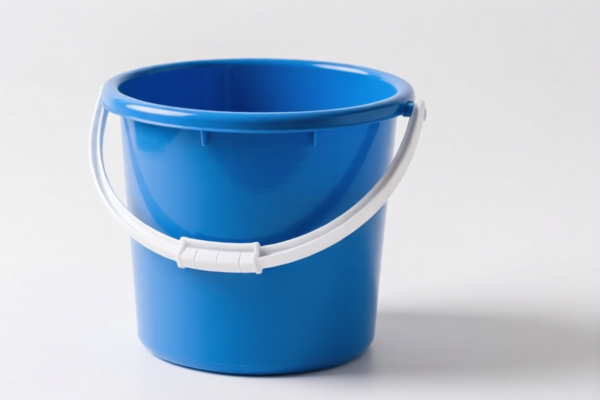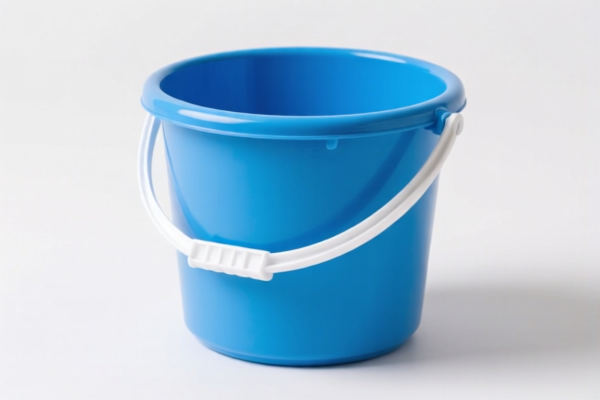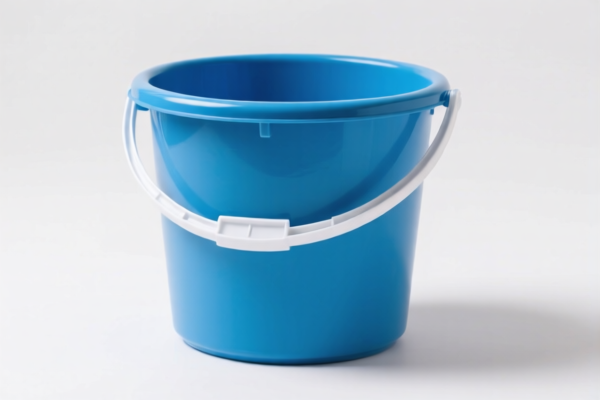| HS Code | Official Doc | Tariff Rate | Origin | Destination | Effective Date |
|---|---|---|---|---|---|
| 8477590100 | Doc | 58.1% | CN | US | 2025-05-12 |
| 8424899000 | Doc | 56.8% | CN | US | 2025-05-12 |
| 8424891000 | Doc | 55.0% | CN | US | 2025-05-12 |
| 3926901000 | Doc | 40.9% | CN | US | 2025-05-12 |
| 3926909989 | Doc | 42.8% | CN | US | 2025-05-12 |
| 3924104000 | Doc | 33.4% | CN | US | 2025-05-12 |
| 3924905650 | Doc | 40.9% | CN | US | 2025-05-12 |




Plastic Bubble Machine
A plastic bubble machine is a device used to generate bubbles, typically for recreational purposes. It utilizes a plastic housing and motor to create a stream of bubbles from a bubble solution.
Material
The primary construction material is plastic, often polypropylene or similar durable polymers. This makes the machines lightweight and relatively inexpensive to produce. Internal components include a motor, a fan or impeller, and bubble wands or loops, usually made of plastic or wire. The bubble solution itself is typically a mixture of water, dish soap, and glycerin or polymers to enhance bubble stability.
Purpose
The primary purpose is entertainment, commonly used for children's play, parties, events, and as a novelty item. They are also used in some therapeutic settings, such as for sensory stimulation.
Function
The machine operates by:
- Solution Reservoir: A container holds the bubble solution.
- Motor & Fan: An electric motor powers a fan or impeller.
- Bubble Wand Rotation: The rotating fan/impeller dips bubble wands into the solution.
- Airflow & Bubble Formation: As the wands rotate, airflow created by the fan forces a film of bubble solution into the air, forming bubbles.
- Bubble Stream: The bubbles are expelled from the machine, creating a continuous stream.
Usage Scenarios
- Children's Play: Outdoor and indoor play, backyard fun.
- Parties & Events: Birthday parties, weddings, corporate events, celebrations.
- Photography: Creating visual effects in photoshoots.
- Sensory Play: Therapeutic use for individuals with sensory processing disorders.
- Crowd Entertainment: Street performances, festivals.
Common Types
- Handheld Bubble Machines: Small, battery-operated, portable machines requiring manual operation.
- Automatic Bubble Machines: Larger, typically plug-in or battery-operated, self-operating machines. These often include features like multiple wands for increased bubble output.
- Professional Bubble Machines: Heavy-duty machines used for large events, capable of producing a high volume of bubbles and often with remote control functionality.
- Bubble Guns: A variation where bubbles are 'shot' from a nozzle, often with a motorized fan.
- Bubble Sticks: Simple wands dipped in bubble solution, manually creating bubbles; these are not technically machines but are closely related.
- Large-Scale Bubble Machines: Machines designed to create very large bubbles, often using specialized wands and solutions.
The declared goods, “plastic bubble machine,” refers to a device designed to generate bubbles, typically using a plastic housing and a blowing mechanism with liquid soap solution. These machines are commonly used for recreational purposes, children’s toys, or event entertainment. The key components are the plastic body, the bubble-generating mechanism (often involving a rotating wheel or wand), and the associated liquid reservoir.
Here are the relevant HS codes based on the provided reference material:
- 9503.90.00: This HS code covers “Other toys, reduced in size or otherwise modified for exhibition.” Given that a plastic bubble machine is often designed for play and entertainment, and may be reduced in size, this code is applicable. The two-digit sections break down as follows:
- 95: Toys, games and sports requisites; gymnastic or sporting articles; articles for amusement parks; swimming pools and swimming pool requisites.
- 03: Toys, games and sports requisites; gymnastic or sporting articles.
- 90: Other toys.
- 3926.90.90: This HS code covers “Other articles of plastics and articles thereof.” A plastic bubble machine is constructed from plastic materials, and this code applies to the plastic components of the machine. The two-digit sections break down as follows:
- 39: Plastics and articles thereof.
- 26: Other articles of plastics and articles thereof.
- 90: Other.
- 8710.00.00: This HS code covers “Vehicles for children’s play.” If the plastic bubble machine is designed to be ridden or propelled by a child, it may fall under this classification. The two-digit sections break down as follows:
- 87: Vehicles other than railway or tramway rolling stock; and parts and accessories thereof.
- 10: Vehicles for children’s play.
- 9021.10.00: This HS code covers “Toy sets and other toys.” If the plastic bubble machine is sold as part of a set with bubble solution or other accessories, it may be classified under this code. The two-digit sections break down as follows:
- 90: Toys, games and sports requisites; gymnastic or sporting articles; articles for amusement parks; swimming pools and swimming pool requisites.
- 21: Toy sets and other toys.
Regarding HS code 9503.90.00, it is important to note that the materials used in the construction of the toy may require verification.
Customer Reviews
No reviews yet.